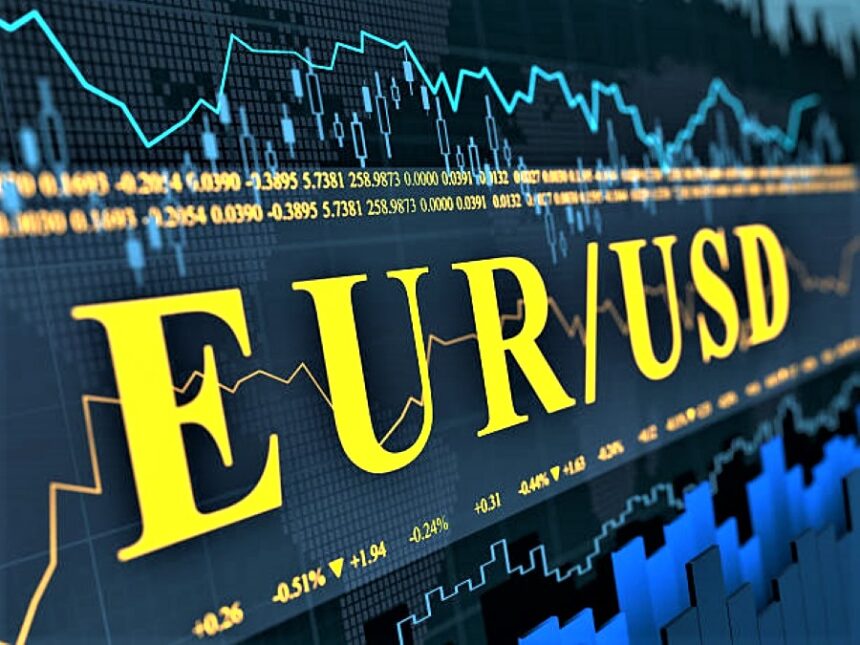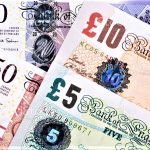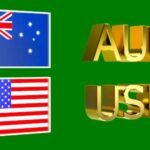EURUSD rallies despite ECB easing, while US labor market woes weigh on Greenback
The EURUSD pair surged to 1.1480, its highest level since April 22, on Thursday as investors processed a dual dose of major macroeconomic developments. On one side of the Atlantic, the European Central Bank (ECB) delivered a widely expected 25 basis point interest rate cut, reinforcing its dovish policy stance amid easing inflation. On the other, an unexpected spike in US jobless claims dented confidence in the US labor market, pressuring the US Dollar ahead of Friday’s pivotal Nonfarm Payrolls (NFP) report.
EURUSD Defies Easing Cycle as Market Focus Shifts to Fed Divergence
Despite the ECB embarking on its eighth rate cut since June 2024, the Euro extended its rally, underlining how rate cuts alone don’t dictate currency moves—especially when the broader monetary landscape involves comparative expectations.
While the ECB did lower the Deposit Facility Rate to 2.00% and the Main Refinancing Rate to 2.15%, markets had already priced in the move. More importantly, ECB President Christine Lagarde’s cautious, data-dependent tone suggested no aggressive easing cycle lies ahead.
This “meeting-by-meeting” approach signaled to traders that additional cuts are not guaranteed, and that the ECB may be more reactive than preemptive going forward—especially with inflation forecasts steady and growth projections showing signs of resilience.
Lagarde Walks a Tightrope: Cautious Dovishness in Play
During the post-decision press conference, President Christine Lagarde stressed that the central bank would not commit to a predetermined rate path, noting that “incoming data will guide the Governing Council’s decisions.”
This is a stark shift from the more predictable easing signals seen in 2024. Lagarde’s emphasis on Eurozone inflation stabilizing at 2.0% in 2025 and declining to 1.6% by 2026, while GDP growth ticks up to 0.9% in 2025, has lent the Euro some strength—especially when paired with the Fed’s looming rate pivot.
US Labor Market Red Flags Shake Dollar Confidence
On the other side, Thursday’s release of US Initial Jobless Claims brought unpleasant surprises. New claims rose to 247,000—well above expectations of 235,000, and up from 240,000 the week before.
This marks the highest level of initial claims since August 2023, signaling possible cracks in the previously resilient US job market. The data came at a sensitive time, just ahead of the May NFP report, where traders will scrutinize whether the US economy is finally slowing enough to warrant a Fed rate cut later this year.
Dollar Index Slips Toward 98.50 Amid Fed Rate Cut Bets
The US Dollar Index (DXY) slid further toward the 98.50 level, reflecting waning investor appetite for the Greenback as economic data softens and interest rate expectations shift.
Markets are increasingly pricing in two Fed rate cuts by year-end, with the first possibly arriving in September, especially if the NFP and inflation data continue to underperform. The Fed’s dual mandate—price stability and full employment—is now being challenged from the employment side for the first time in over a year.
With the ECB moving cautiously and the Fed potentially shifting to cuts, the interest rate differential narrative may begin to favor the Euro, at least in the short term.
Technical Outlook: EURUSD Clears Key Resistance at 1.1450
From a technical standpoint, EURUSD has broken above the 1.1450 resistance zone, which had capped upside since mid-April. The pair now trades near 1.1480, with potential for further gains if US data continues to disappoint.
- Immediate resistance lies at the psychological 1.1500 level, followed by the February high near 1.1560.
- Support now shifts to 1.1410 and 1.1350, both of which served as breakout zones over the past few sessions.
- Momentum indicators on the daily chart remain bullish, with RSI climbing above 65 and MACD widening above the signal line.
If Friday’s NFP report comes in weaker than expected, EUR/USD could extend toward 1.1600, fueled by renewed selling in the Dollar and further pressure on Fed rate expectations.
ECB’s Economic Projections Signal Soft-Landing Optimism
Despite the rate cut, the ECB’s updated forecasts were relatively upbeat:
- Headline inflation: 2.0% in 2025, 1.6% in 2026
- Real GDP growth: 0.9% in 2025, 1.1% in 2026
These numbers suggest the ECB isn’t panicking, and that its actions are more about providing a safety net than actively stimulating a faltering economy. Inflation appears to be moving in line with the central bank’s target, and growth—while modest—is steady.
This contrasts with the US economy, where disinflation has stalled and labor market strength may be eroding.
NFP Friday Looms Large: Will It Cement the Fed Pivot?
The next big test comes Friday, when the US Labor Department publishes its May Nonfarm Payrolls report. Markets will look for confirmation that the job market is cooling. Key expectations include:
- Payroll growth: Around 185,000 jobs added
- Unemployment rate: Holding steady at 3.9%
- Wage growth: Moderating around 0.3% MoM
Any significant miss in job creation or wage growth could reinforce expectations for a Fed rate cut in September, sending the Dollar further lower and boosting EURUSD toward new 2025 highs.
Conversely, a surprise upside print may cause some near-term pullback, but markets appear increasingly focused on longer-term disinflation and employment trends, suggesting limited upside for the Dollar even in strong data scenarios.
Market Sentiment Tilting Toward Euro in Q3
With central banks on both sides of the Atlantic recalibrating their policy stance, sentiment is shifting. Key drivers supporting the Euro into Q3 include:
- Eurozone inflation under control, reducing pressure on the ECB for further cuts
- Fed’s pivot toward easing as the US labor market softens
- Geopolitical stabilization in Europe, reducing risk premiums on Euro assets
- Improved Eurozone fiscal cohesion, especially among key economies like Germany and France
These factors suggest the EURUSD rally has room to extend, barring a surprise shift in US data or Fed rhetoric.
[faq-schema id=”39782″]









